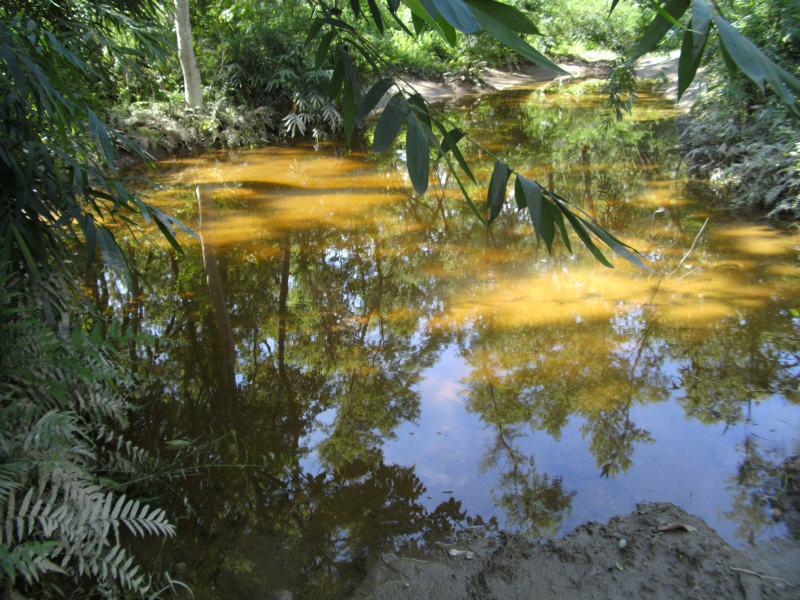Deepak Acharya
Fostering bufferzone people's participation and empowering them as well as media sectors for rhino conservation is the crux of this project.

One of six ponds constructed in those community forests so that they can be used by the rhino for drinking and wallowing purposes.
This project attempts to address some of the issues of rapid declination of the one horned rhino (rhinoceros unicornis) population in Nepal and particularly in Bardia national park, the second most rhino dwelling habitat of Nepal where more than 65 percent of rhino were lost from 2000 to 2007. There was not natural disaster during the period; the habitat problem is also not responsible for such rapid decline as the health of remaining rhino is good; and it is virtually due to poaching. Since the local people can play important role to make conservation efforts successful including in control of poaching, fostering bufferzone people's participation and empowering them for rhino conservation is the crux of this project.
This project will create conducive working environment among the people from different sectors for rhino conservation. Different local bodies such as Village Development Committee (VDC), Bufferzone Council and other local agencies will be involved directly and indirectly throughout the project. Capacity of the CBOs members will be strengthened through training of trainer so that they will be aware and can empower other villagers too. Similarly, Discussion program with teachers and other knowledgeable persons in the area, workshop with bufferzone committees will be organized to design and recommend the appropriate awareness raising programs /activities in the area for rhino conservation. Media sectors can have important role to make local people realize their roles and responsibility for conservation, they also reflect the real field situation and provide useful information to design and implement the activities.
This project also tries to empower journalists to prioritize the issues of rhino conservation through different means of media. A network of conservation journalists will be formed and visits to different bufferzones and protected areas will be arranged for them. Some VDCs will be developed as information centre by establishing information desks where information related to conservation issues will be available through different documents and interested organizations and individuals will get opportunity to share information by providing different types of documents to this centre.